Search
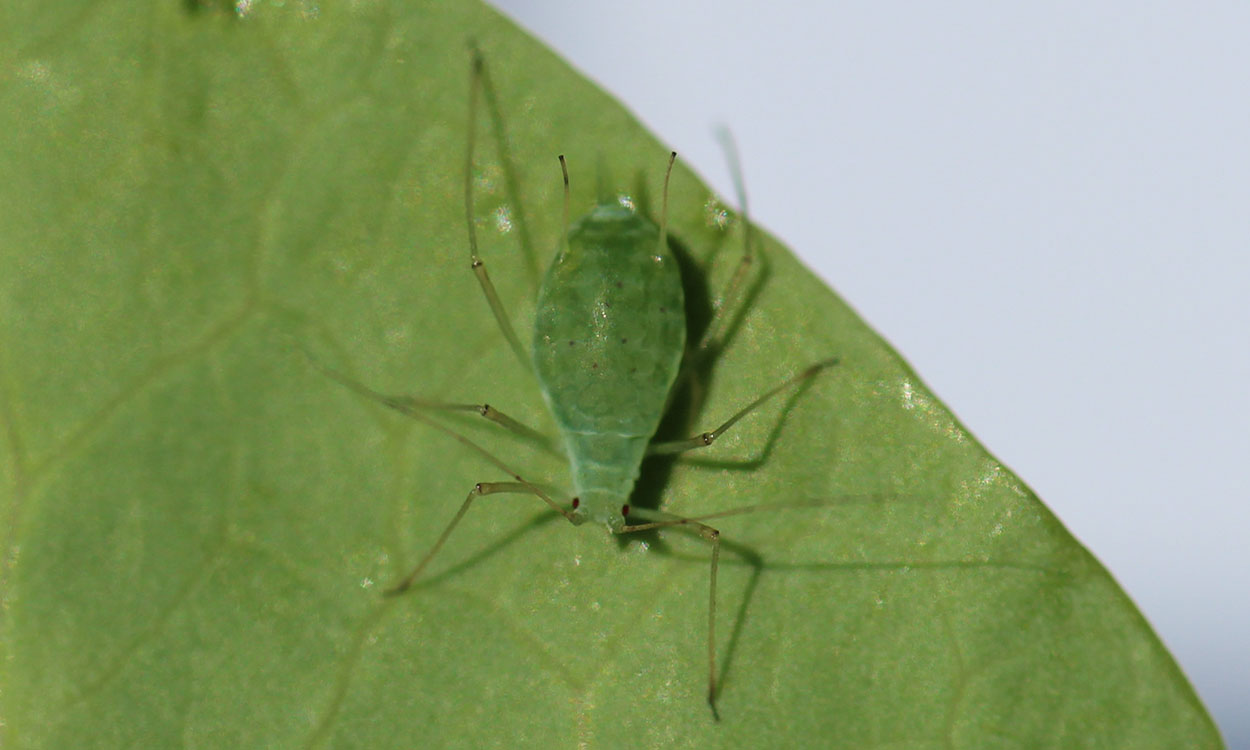
Monitor Alfalfa for Pea Aphid Activity
Pea aphids can cause yield reductions to alfalfa when large populations are present. Prolonged feeding by these populations can even cause the alfalfa fields to take on a “golden” color.
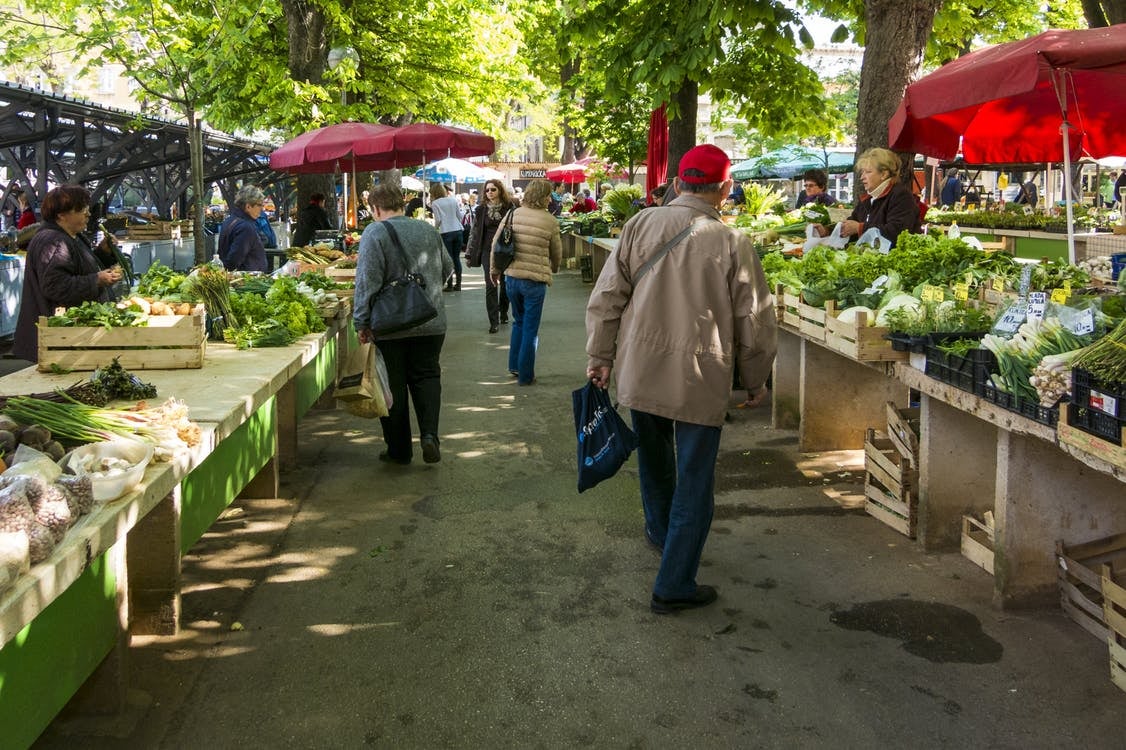
Requirements for Food Entrepreneurs Selling Food in South Dakota
Throughout the country and in the state of South Dakota, people are showing more interest in selling their own food products and starting their own business
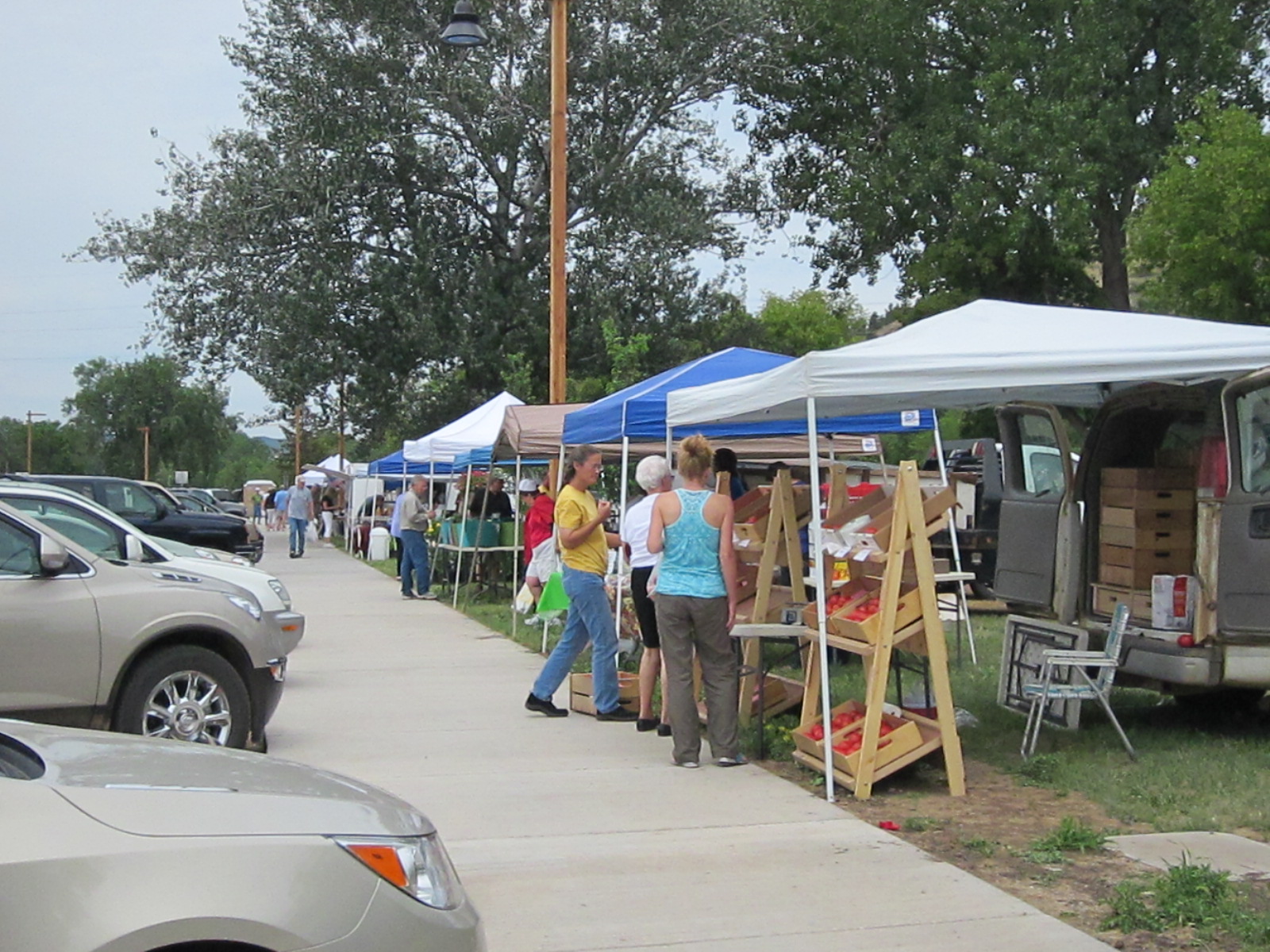
Drafting Farmers Market Documents: Market Rules
It is strongly recommended that new and existing farmers markets draft rules to govern the daily operation of the market.

Wildfire Aftermath: Beef Cattle Health Considerations
Smoke inhalation, burns and thermal injury, exertion, stress, and injuries suffered during escape can all cause longer-term effects on cattle that have survived wildfires or building fires.
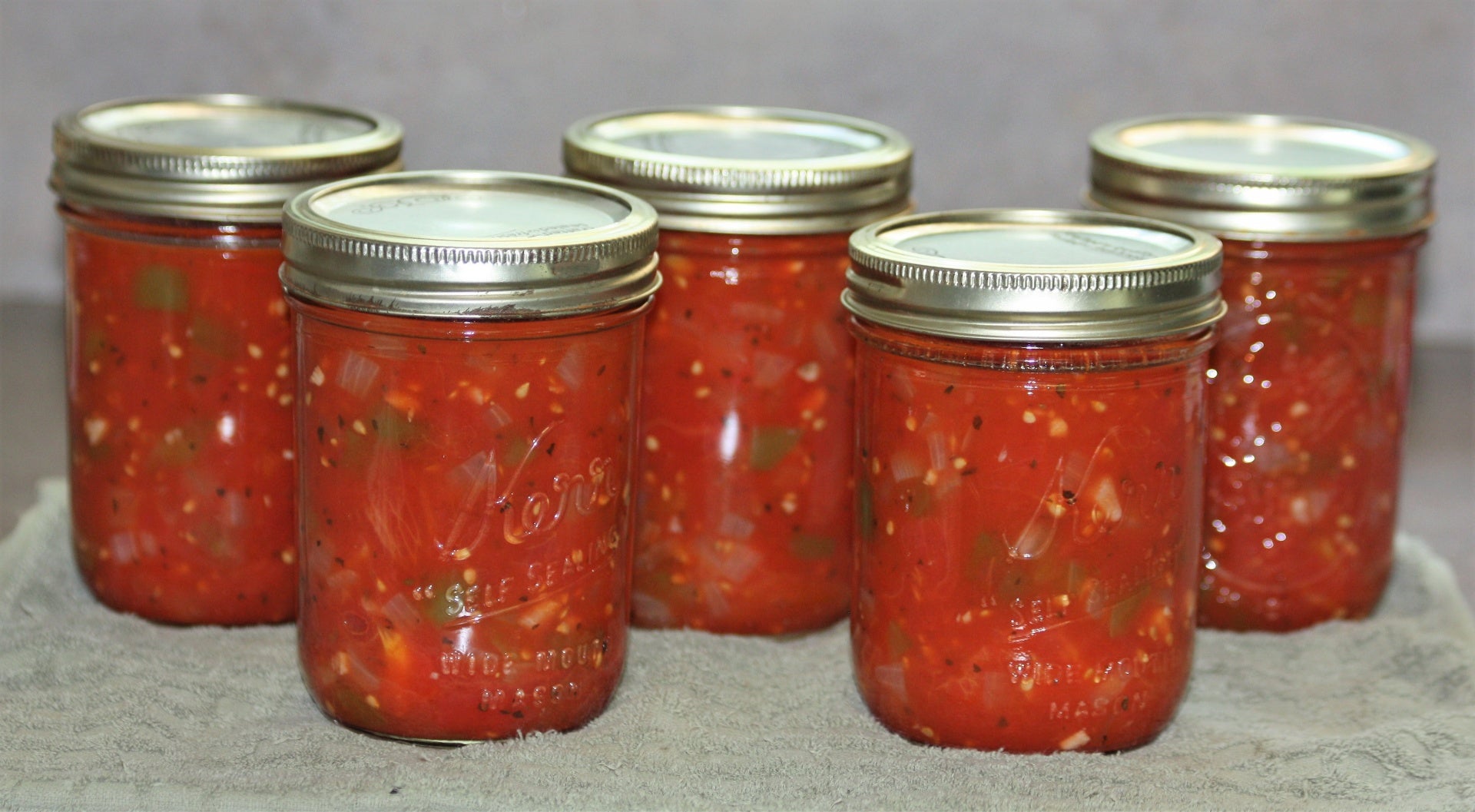
Canning Tomatoes Safely
Home canning tomatoes is a great way to preserve them for later use. It is critical to use proper methods of heat processing to ensure a safe finished product.

Preparing and Planting a Garden in a Cold, Wet Spring
Wet, cool springs present ideal conditions for soil and plant issues. Learn some expert tips for identifying and managing some of the most-common problems in soggy gardens.
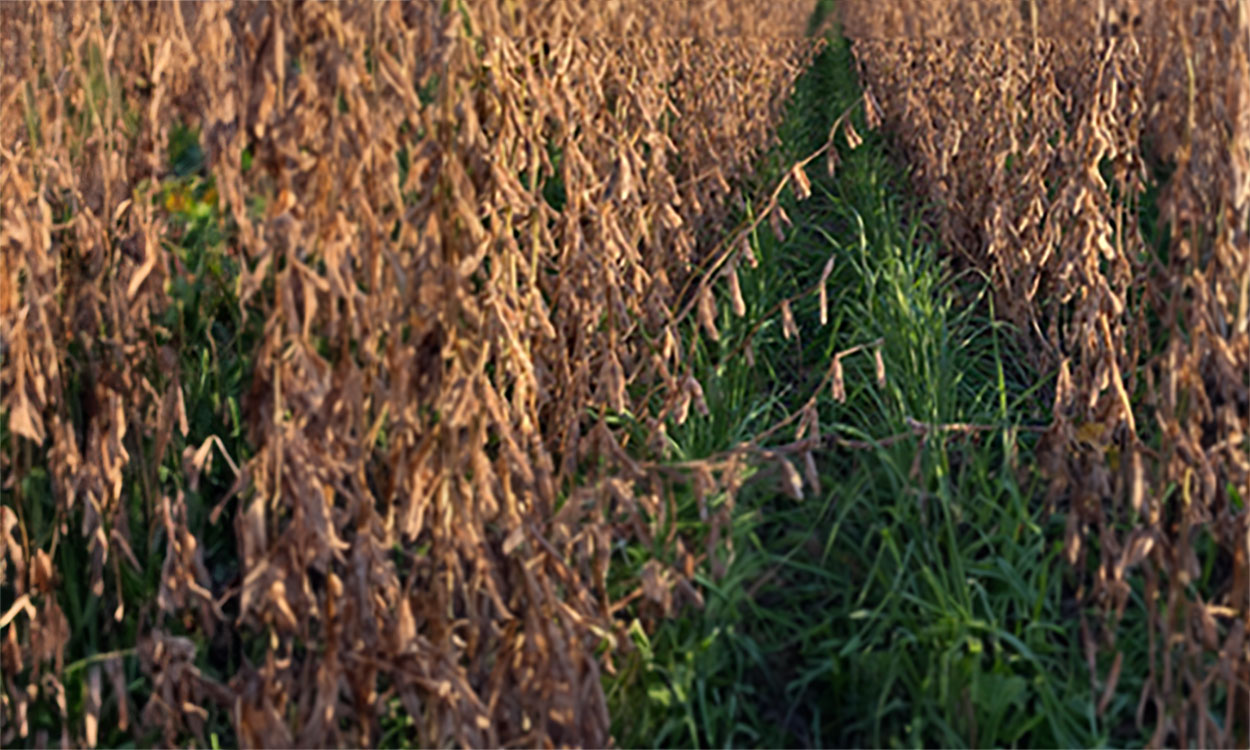
Inter-Seeding Cover Crops into Soybean
Recent studies have investigated the soil health and yield impacts of inter-seeding various cover crops into soybean plantings.
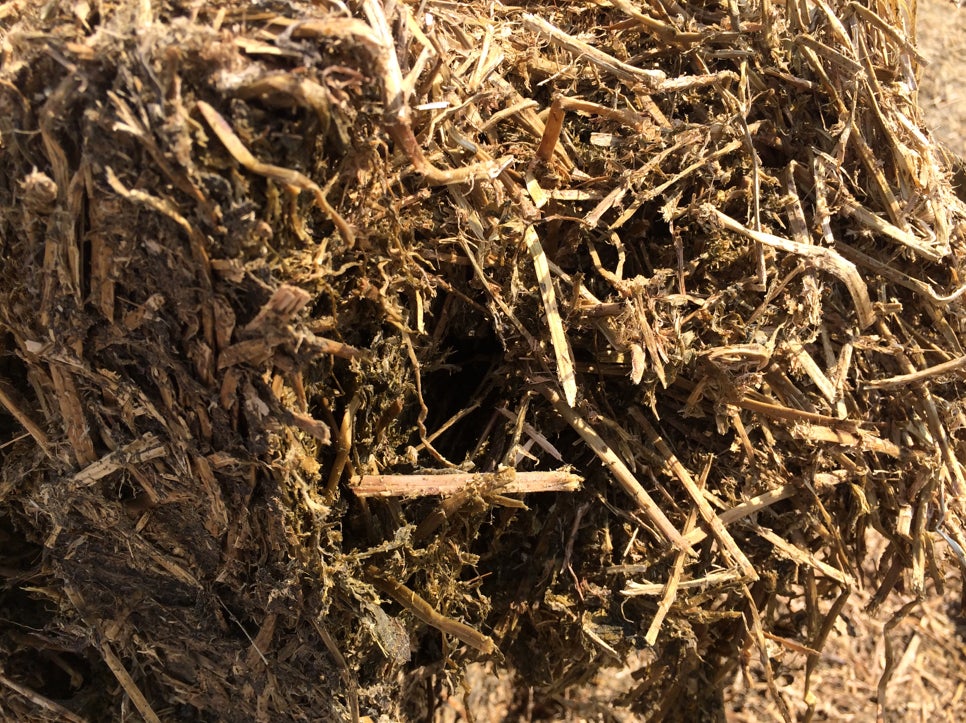
Minimizing Hay Storage Loss From Heating or Fires
Successful hay storage is essential to preserving high quality forage, while ensuring desired performance from livestock and deterring economic losses from unwanted hay storage fires.
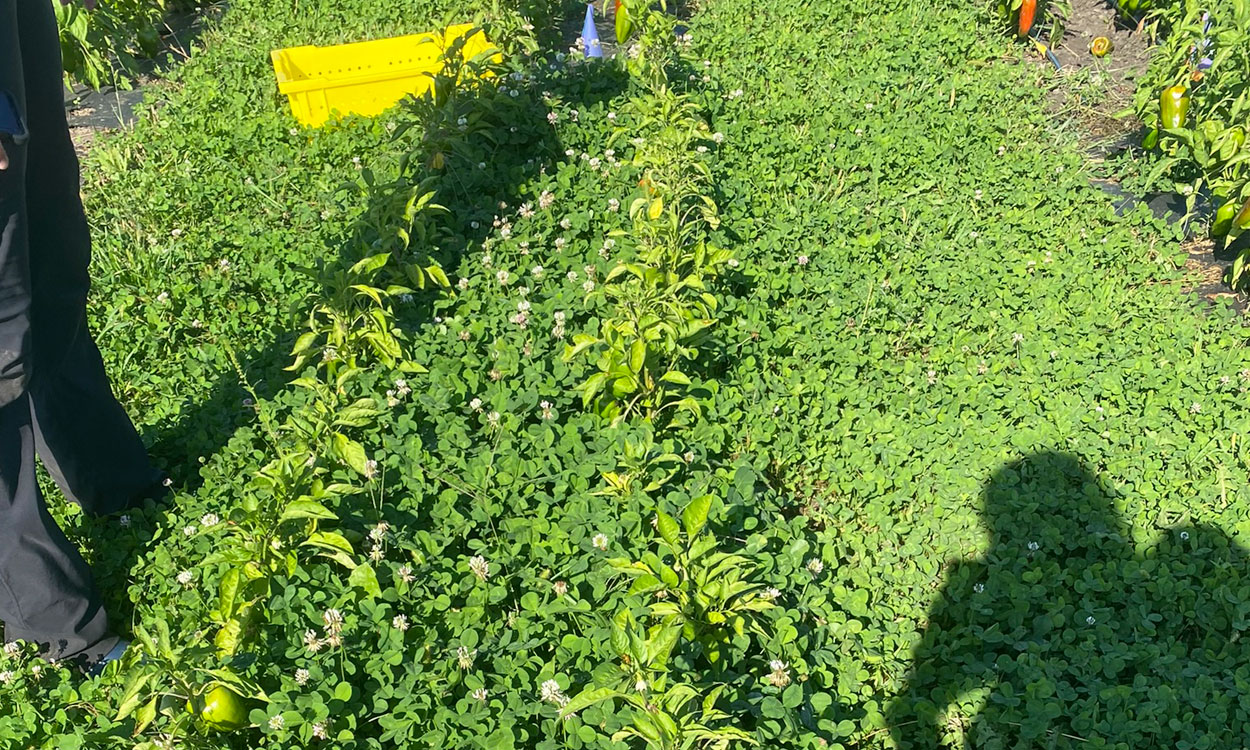
Clover Cover Crops as a Living Mulch for Pepper Production in Eastern South Dakota: 2022 Preliminary Results
A recent project at the SDSU Specialty Crop Research Field investigated using clover species as a living mulch for pepper production systems to improve soil quality and suppress weeds.
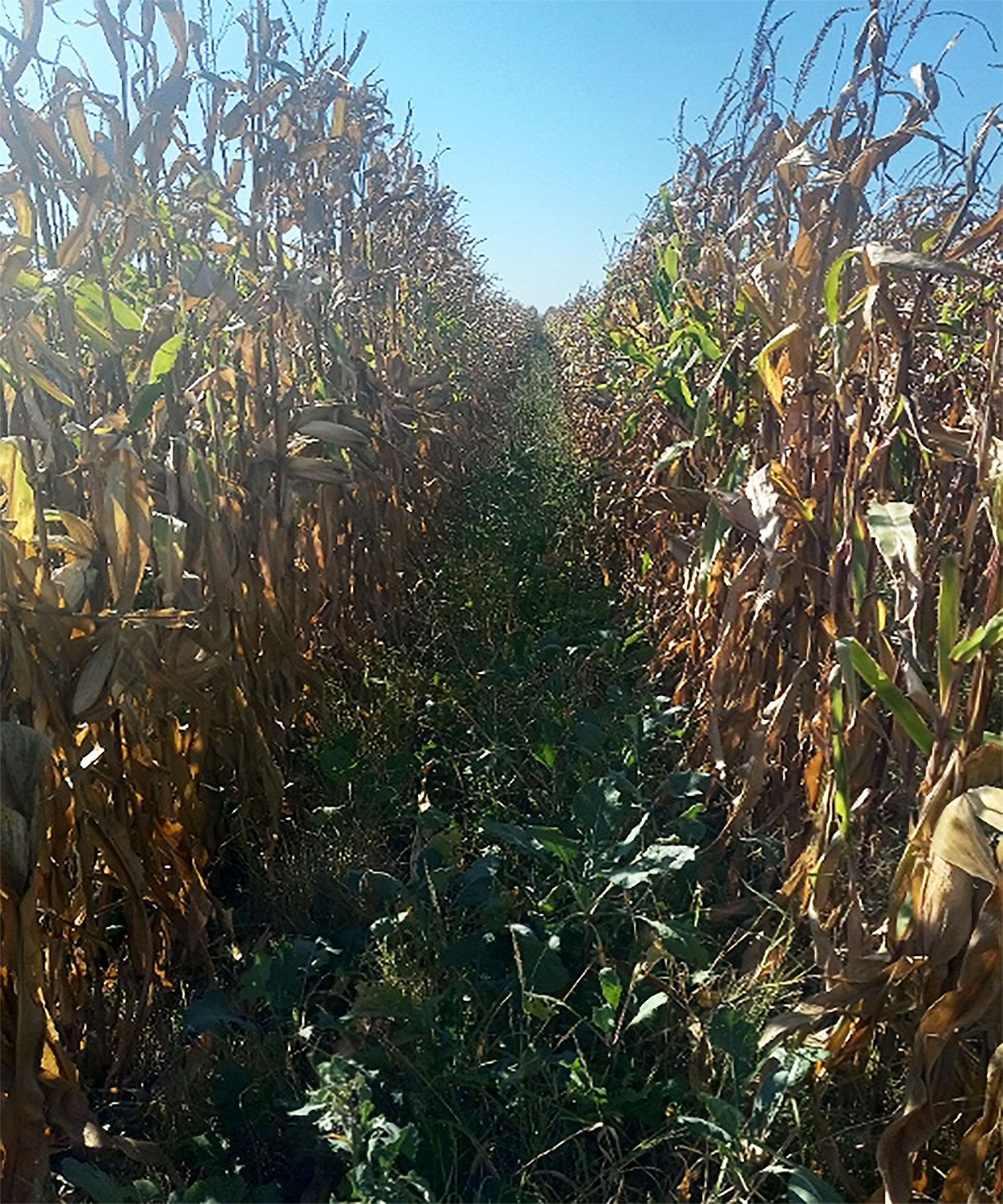
Inter-Seeding Cover Crops into Corn
Many producers are interested in incorporating cover crops into their cropping systems. Recent research investigated the effects of inter-seeding cover crops into corn on biomass production, grain yields, and other ecosystem services.